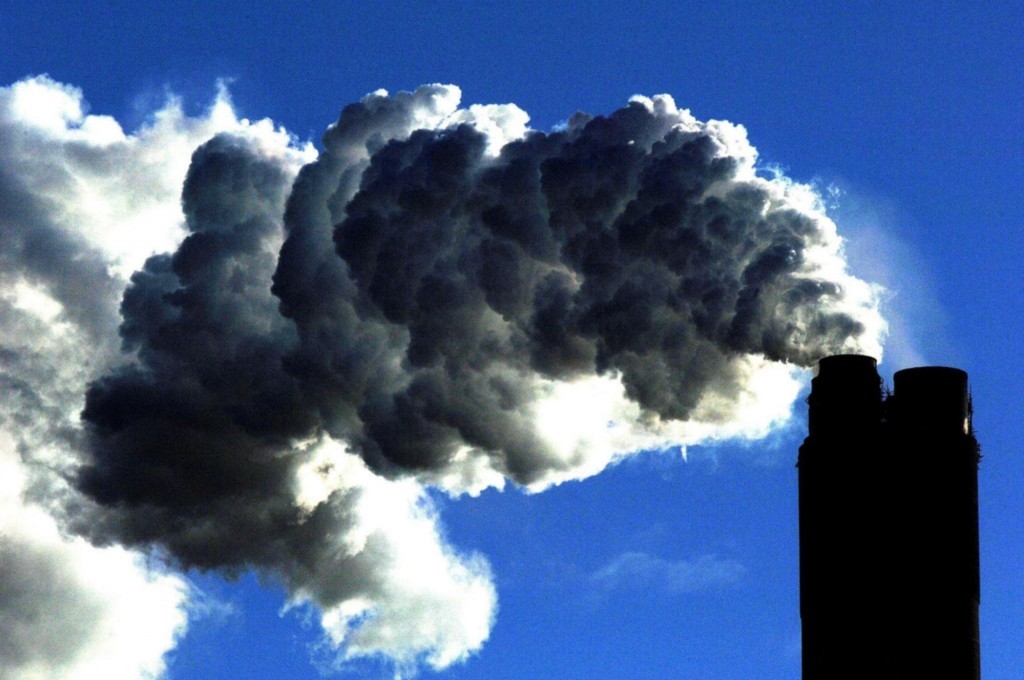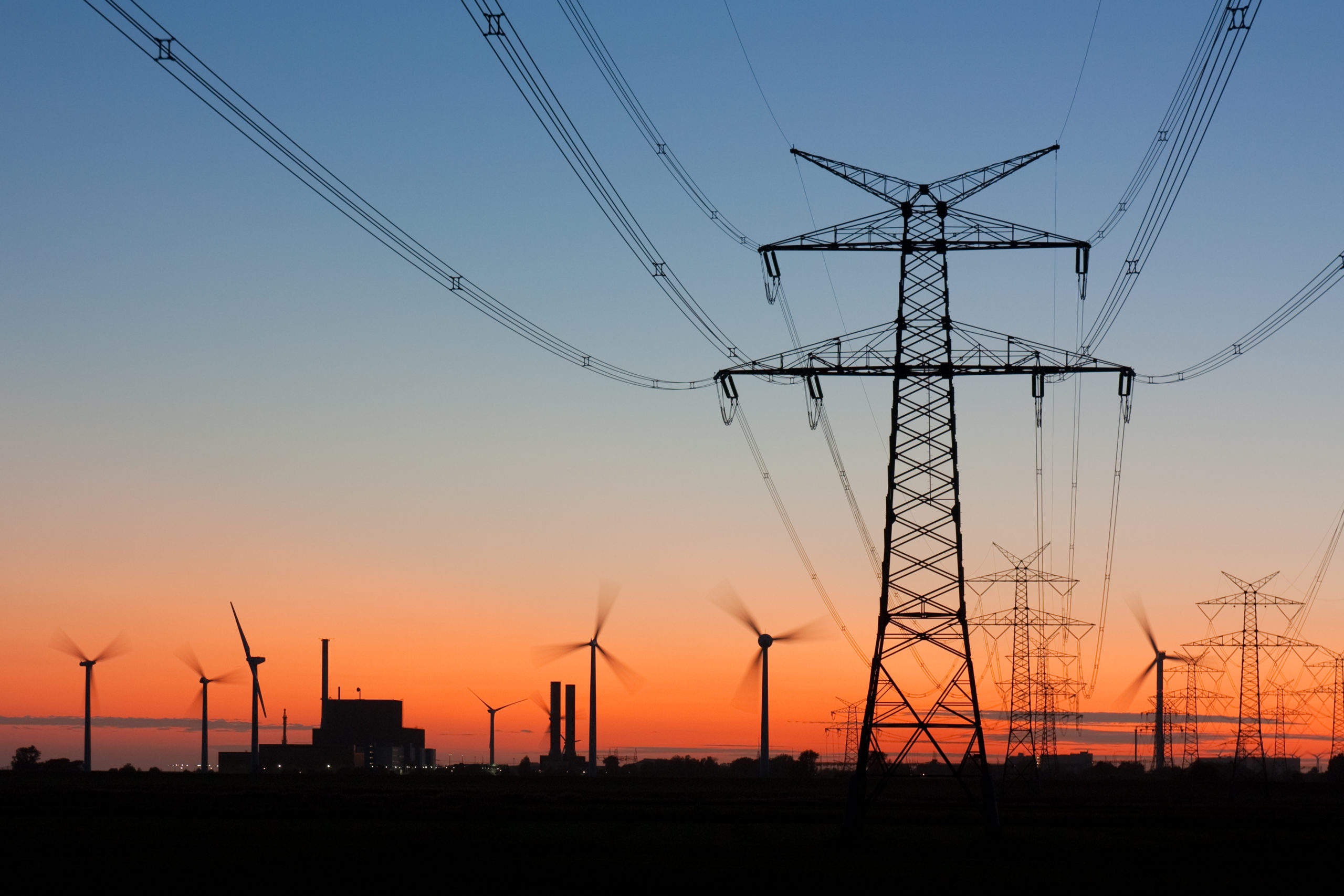
The UK faces a tighter energy crunch than last year, with more contingency measures needed to ensure the lights stay on, an assessment from National Grid has shown.
The gap between total electricity generating capacity and peak demand would fall to just 1.2% without measures in place such as paying moth-balled power plants to be ready to come online and paying factories to be prepared to power down if needed.
With those extra measures in place for times of peak demand, the capacity margin rises to 5.1%, the National Grid assessment shows.
Last year’s capacity margin was 4.1% without additional provisions, which raised the breathing space to 6.1%.
But mild windy weather, high levels of electricity imports from the continent and greater than expected levels of available power plants meant the capacity margin was “adequate”, and extra help to meet demand was not needed, the report said.
This winter the margins will be tighter, due to the closure of power stations, requiring more measures to be bought to balance the system and ensure the lights stay on – at a cost of just 50p on the average consumer bill.
Cordi O’Hara, National Grid’s director of market operation, said: “It’s clear that electricity margins for that coldest, darkest half hour of winter are currently tighter than they have been, due to power stations closures.
“As system operator, we feel we’ve taken a sensible precaution again this winter to buy some extra services.
“Together with the tools we already use to balance the network these additional services will significantly increase the energy reserve available this winter.”
Energy Minister Andrea Leadsom said: “Our priority is to ensure that British families and business have access to secure affordable energy supplies that they can rely on.
“National Grid have confirmed that our plan to power the economy is working – and it means that the lights will stay on this winter as well as making sure our homes and businesses have the gas and electricity they need in the future.”
National Grid has also released a series of four scenarios for how the UK’s energy system could look in the future.
But only one of the four scenarios, one in which green ambition is not restrained by financial limitations and new technology is embraced by society, will see the UK meeting its targets to cut emissions and tackle climate change.
Under this “gone green” scenario, LED lights will be the only viable light bulb option by 2030, renewable power output will be comparable to that of conventional power plants by 2026, and sales of air source heat pumps will top 300,000 a year by 2020.
But under a no progression scenario focused on energy security at the least cost, no more than 130,00 cavity wall insulation installations will take a place a year and gas output for electricity will rise by 15% by 2036, while coal output will fall 89% to be matched by solar.
In another scenario of slow economic growth where available money is spent on long term solutions to tackling emissions, offshore wind could double every five years up to 2026 and annual sales of hybrid electric vehicles could exceed 50,000 by 2019.
A final “consumer power” scenario of relative wealth and innovation meeting consumer needs would see growing installing of gas combined heat and power units in commercial buildings, solar power capacity quadrupling by 2020 and small-scale generation such as household solar accounting for 40% of capacity by 2036.
Roisin Quinn, National Grid’s head of energy strategy and policy, said: “The energy industry is changing rapidly and at National Grid, we are right at the heart of that change.
“We haven’t got a crystal ball, but our scenarios offer a glimpse into the future, using our unique insight into the trends shaping the energy landscape.”
Recommended for you
